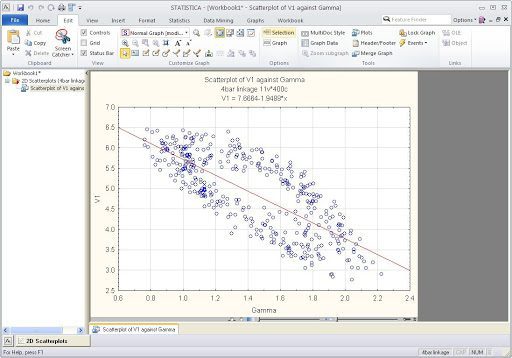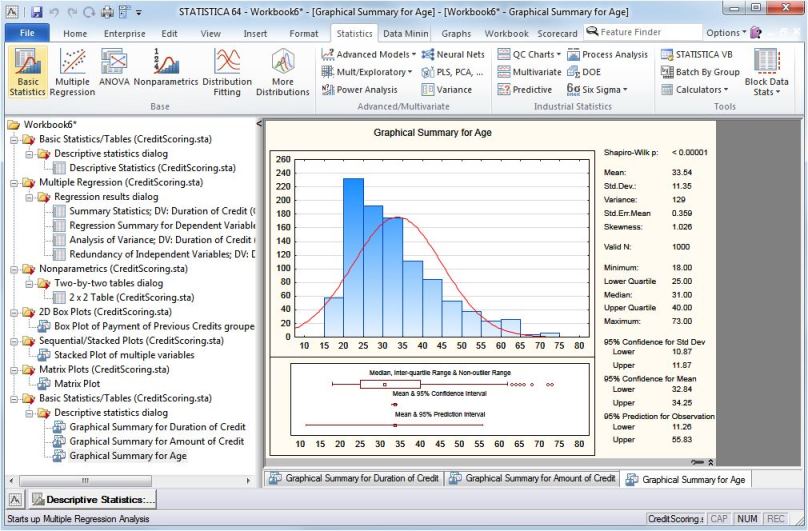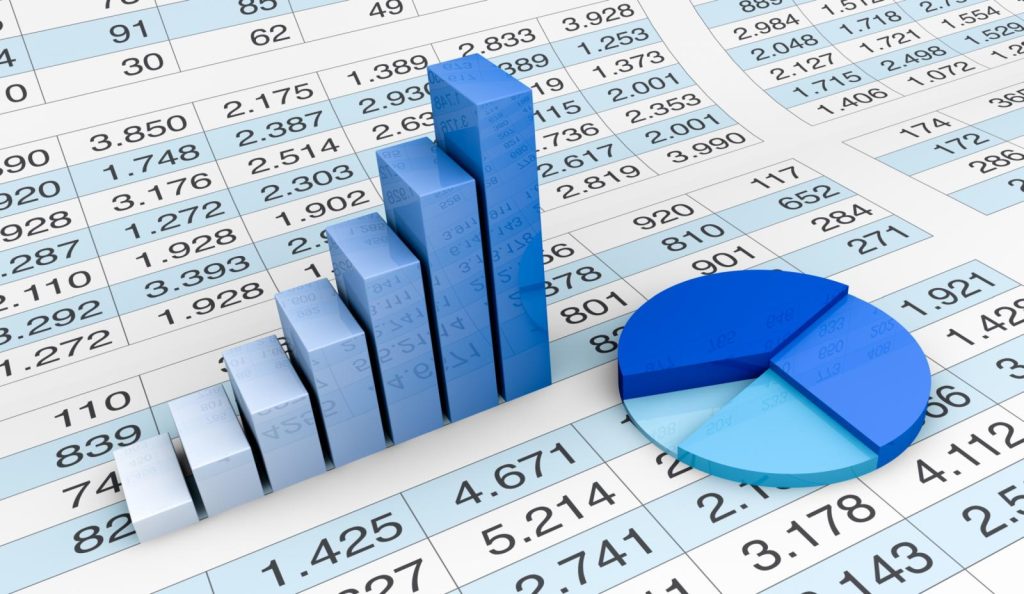
Statistica is a powerful statistical and data analysis software suite widely used for data management, data mining, and advanced visualization. It provides tools for performing complex statistical analyses and offers high-quality graphical representations of data. It’s commonly used by large industrial organizations around the world due to its unique features and scalability, including its networked version, the ability to conduct analyses across multiple clients, and integration with global databases.

Statistica’s powerful features make it a go-to tool for data scientists, analysts, and researchers working with complex datasets across many domains. It provides the depth and flexibility required to conduct thorough and insightful analyses.
